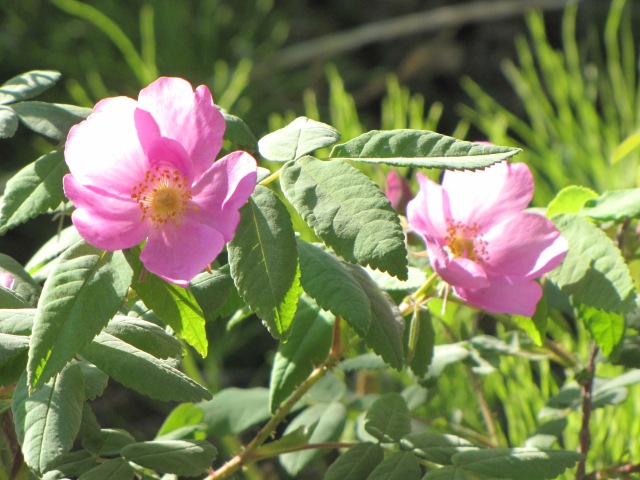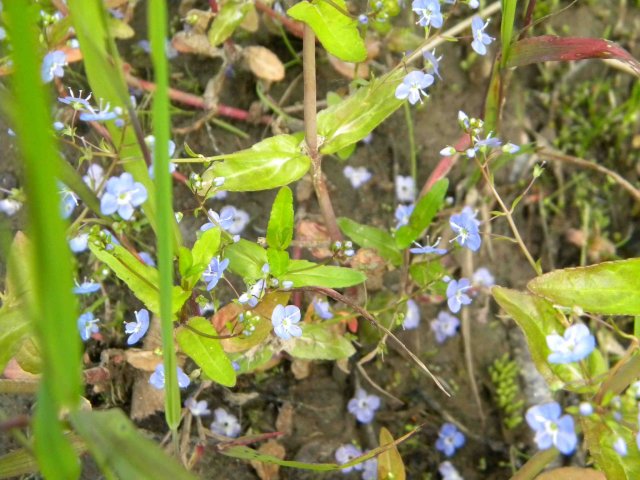The Matanuska Valley is home to an incredible array of wildflowers, from tall stately fireweed and lupine blooms to the tiniest alpine flowers on high mountain slopes.
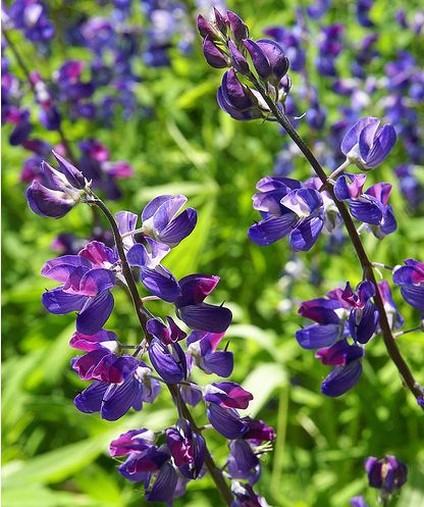
The Lupine is known by many names, including Blue Bonnet, and is a legume, or a member of the pea family. Parts are toxic.
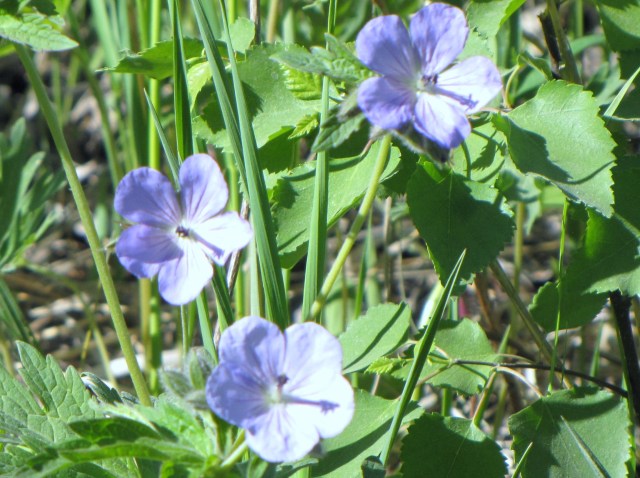
The wild geranium, long known as a useful medicinal plant, derives its name from a Greek word meaning ‘crane.’
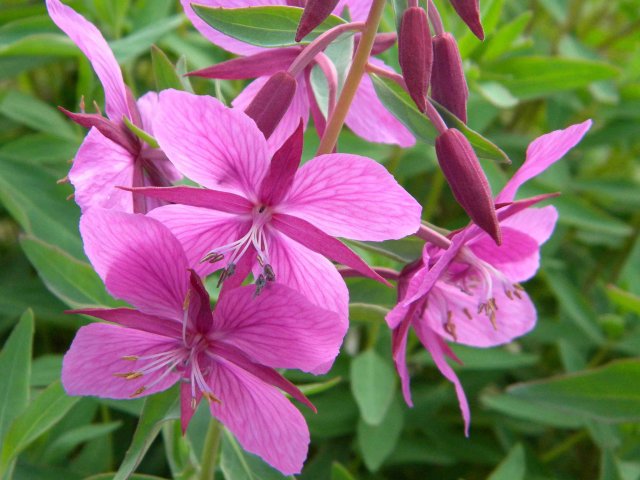
Fireweed is common along roads and trails, especially where recent fires or clearing has taken place. Several parts of the plant are edible. Arctic or Dwarf Fireweed is much shorter than the standard variety.
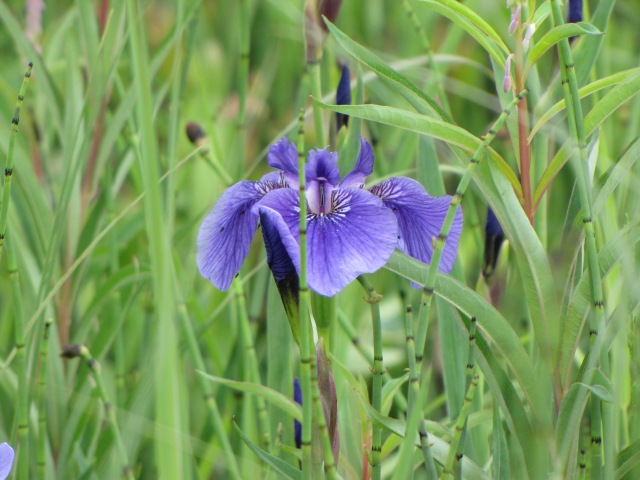
Siberian Iris are found in swampy lowlands in many parts of Alaska. According to Wikipedia, the SIberian Iris is native to north east Turkey, Russia, eastern and central Europe.
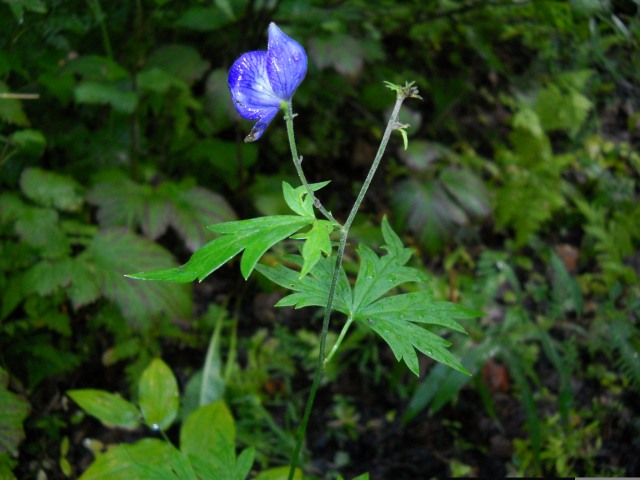
The Monkshood (Aconitum delphinifolium) which blooms in June and early July, is one of the most toxic plants known to man. Attaining a height of three feet, with intensely blueish purple or indigo blooms, its powerful poisons were used by the Aleuts to hunt whales with poison-tipped spears. Also known as wolf’s bane as its toxins were used to kill wolves. Handle with care.

